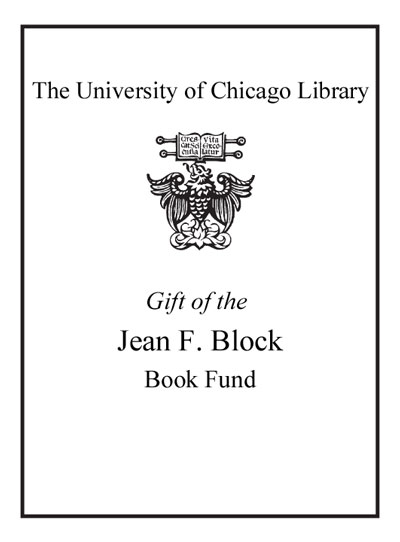| Summary: | The Tria sunt (named for the first two words of the text, also known as the incipit) is the most ambitious and apparently the most widely used of the treatises composed in association with a late fourteenth-century renaissance in the study of rhetoric at Oxford. The identity of its author is not known, but he probably was a Benedictine monk who taught rhetorical composition as part of a course that prepared younger monks for more advanced studies at the university. He sought to gather the most useful precepts from the twelfth- and thirteenth-century arts of poetry and prose, supplement them with additional doctrine and illustrative examples from other works of the same period, and combine all of these materials into a new synthesis tailored to the pedagogical needs of his own time and place. The Tria sunt belongs to the genre frequently called "arts of poetry" but more accurately designated "arts of poetry and prose." These are comprehensive guides to composing well-wrought Latin texts. The two most popular works in the genre, the early thirteenth-century Poetria nova ("New Poetics") by the Englishman Geoffrey of Vinsauf and the Laborintus ("The Labyrinth"; before 1280) by Eberhard the German, are written in verse; the remaining examples, like the Tria sunt, are in prose. Yet the instruction that each offers can be applied to any kind of text. This feature distinguishes this type of rhetorical manual (i.e., "arts of poetry and prose") from the medieval "arts of letter writing" (artes dictandi) and "arts of preaching" (artes praedicandi) that provide specific instruction in composing letters and sermons, respectively.--
|
|---|

